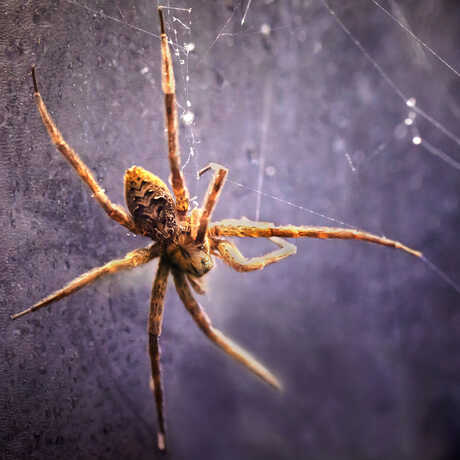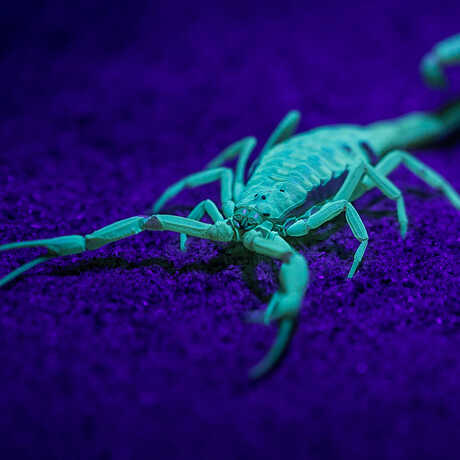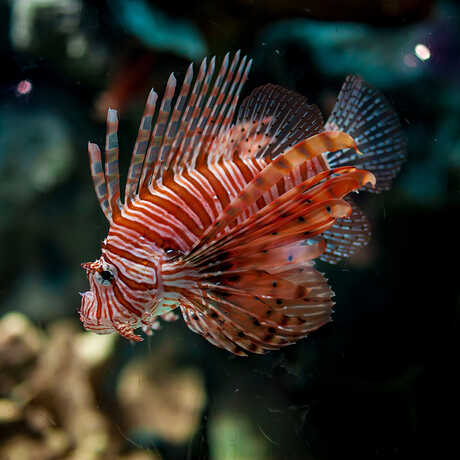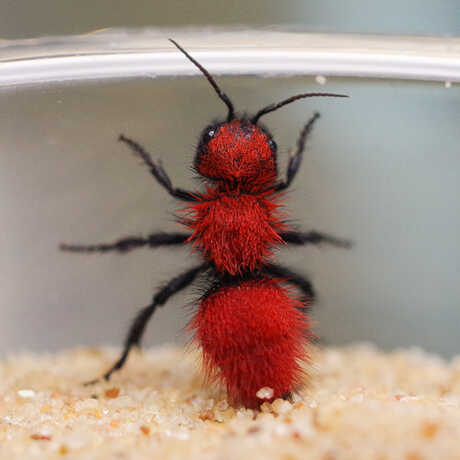
A single scorpion’s genome can code for over 200 unique kinds of venom! Academy arachnologist Dr. Lauren Esposito is researching the evolution of these venom-making genes—or the venome—to better understand how and where scorpions live on our planet.
Discover how often-feared yet biologically important animals like spiders, scorpions, jellyfish, and snakes sting, suck, bite, and stun while using venom to capture prey and provide deadly defense against predators. Plus, learn how scientists are studying venom to harness compounds that could hold the key to curing human diseases.

A single scorpion’s genome can code for over 200 unique kinds of venom! Academy arachnologist Dr. Lauren Esposito is researching the evolution of these venom-making genes—or the venome—to better understand how and where scorpions live on our planet.

What goes into the making of an exhibit full of fangs, stingers, and spines? Join Curator of Arachnology Lauren Esposito, Academy biologist Emma Kocina, and exhibit designer Ashley Boycher for a behind-the-scenes look into Venom. NightSchool is intended for adults 21+.

Fear not...unless you’re a frog. The venom of the Okefenokee fishing spider—one of over a dozen new species on exhibit—is not a threat to humans, but is lethal to its preferred prey like small fish and amphibians. Hear from Academy biologist Spencer Rennerfeldt on how she handles this impressive arachnid—and watch it in action.

It might seem like an unfair fight, but the grasshopper mouse is a surprisingly formidable opponent to the bark scorpion, having developed resistance to its deadly venom. Academy arachnologist Lauren Esposito is studying the fascinating relationship between the two species, on exhibit side-by-side for the first time.
Photo ©2018 Day’s Edge Productions

Many venomous species—like this lionfish—have evolved bright colors and bold patterns to ward off predators. Humans can use these warning signals to avoid a venomous rendezvous, keeping both them and the animal safe.

While its red hairs might seem sinister, that’s not how a velvet ant delivers its toxic cocktail. Instead, the insect—which is actually a wingless female wasp—packs its punch in a paper-thin stinger. Can you spot the stinger on this striking imposter?